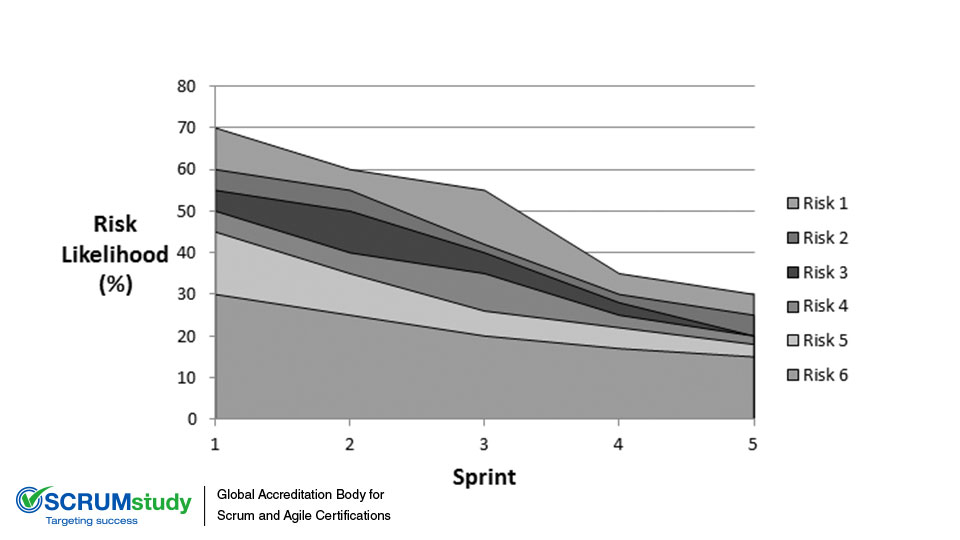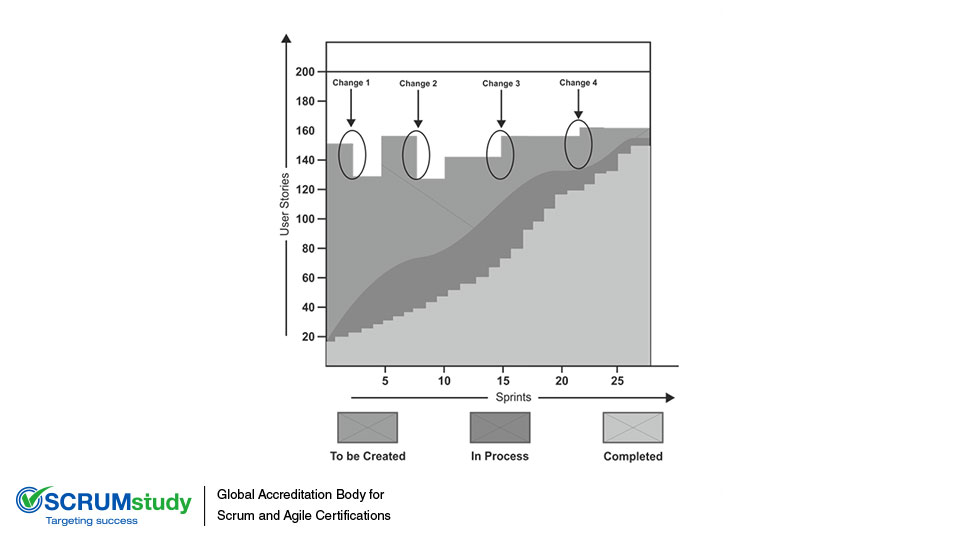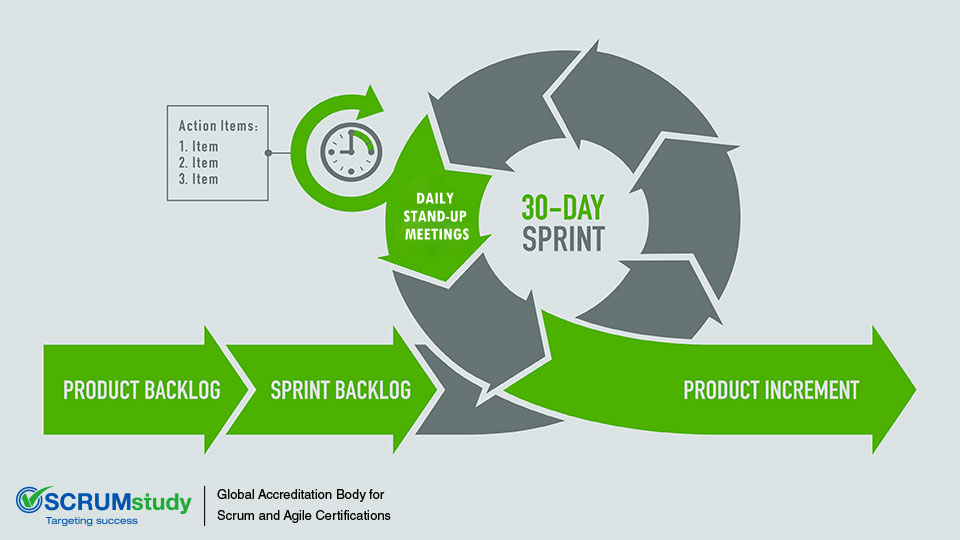
Selecting appropriate Scrum Master(s) and identifying relevant Stakeholder(s) is crucial to the success of any project. In some projects, there may have been pre-conditions stipulating certain team members and their roles. When there is flexibility in choosing the Scrum Master(s), the following are important Selection Criteria: Problem-solving skills—This is one of the primary criteria to…











